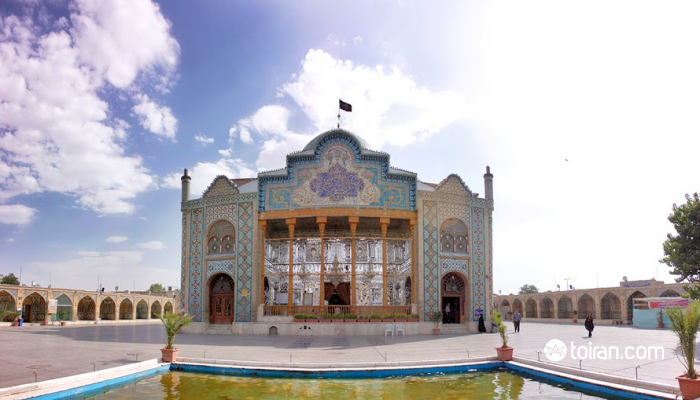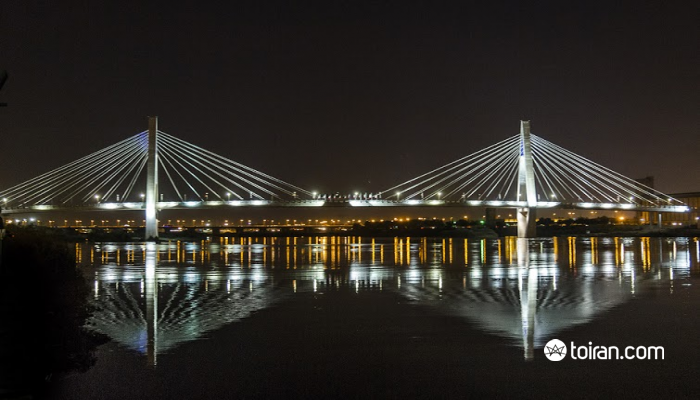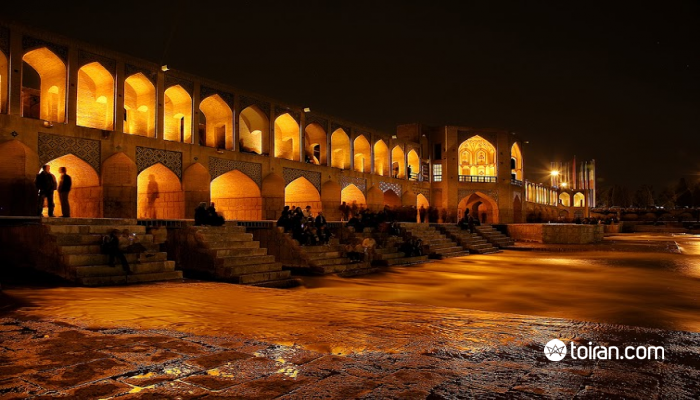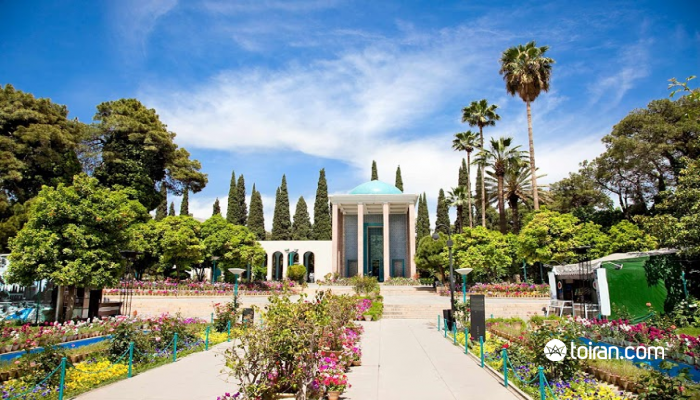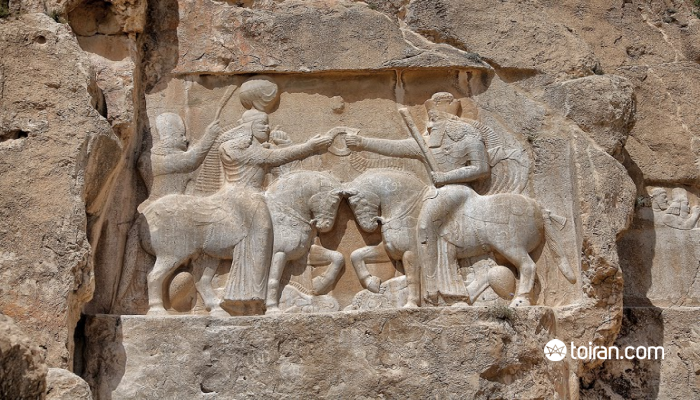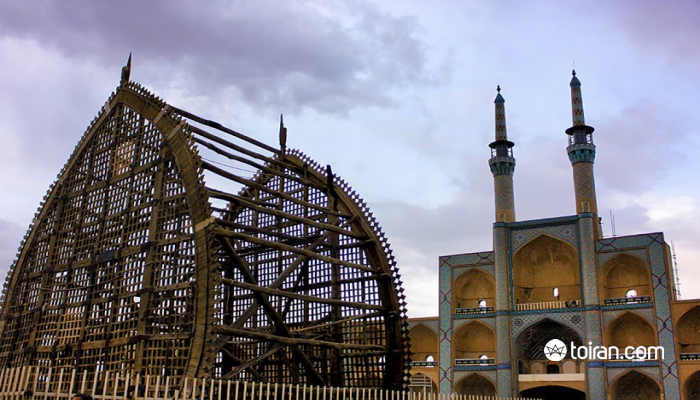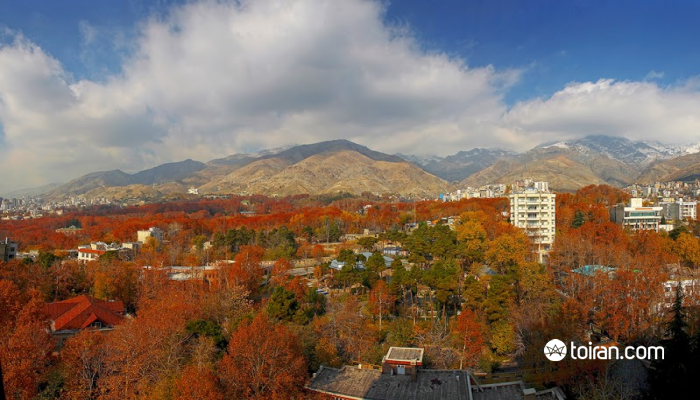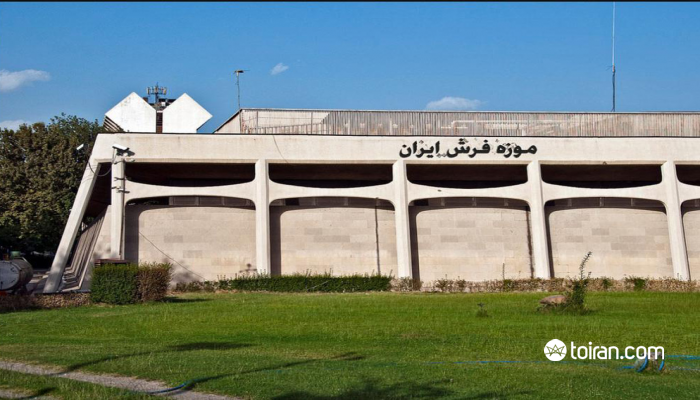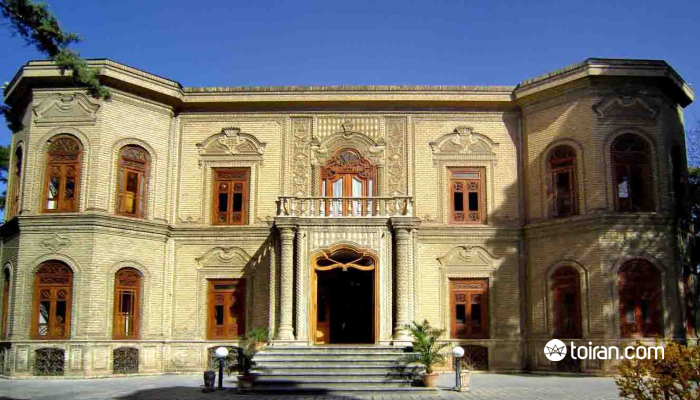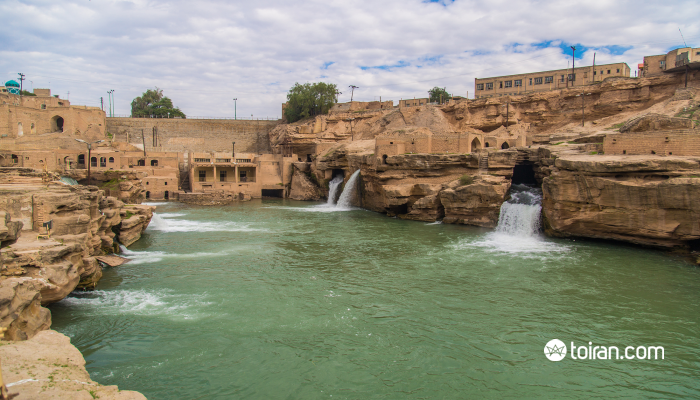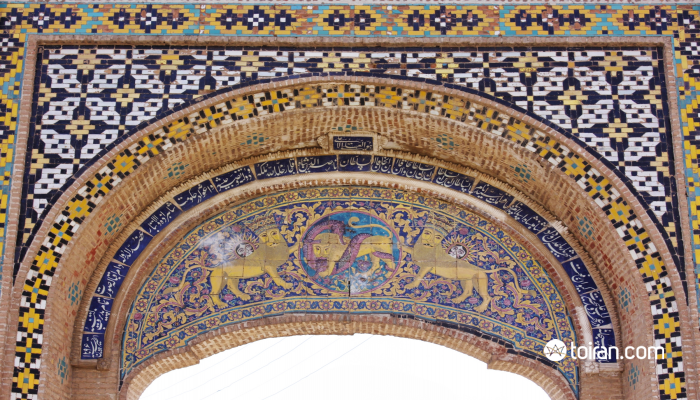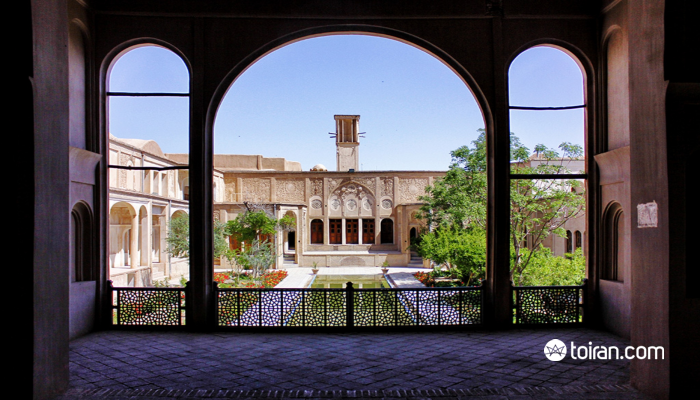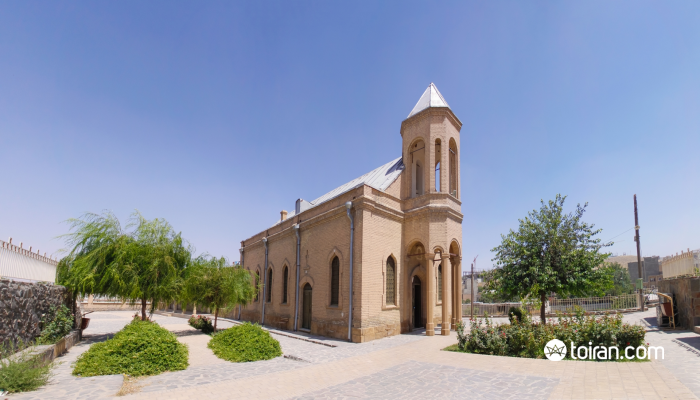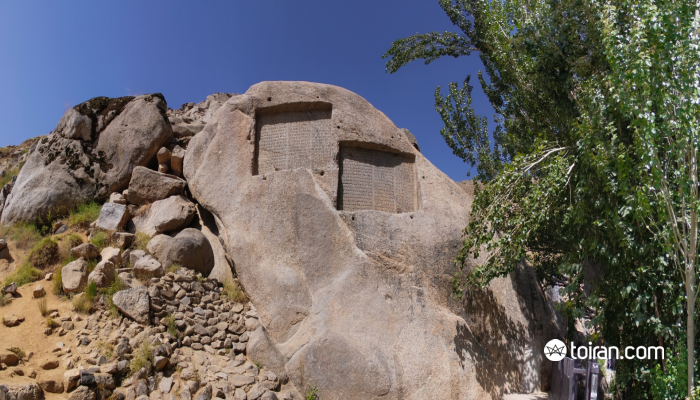Our cities
Explore each city’s unrepeatable delights and mysteries with your own eyes. Learn about the unique history and tales of you preferred city with its landscapes and sites, and much more…
- Abadan
- Abarkooh
- Abyaneh
- Ahvaz
- Amol
- Arak
- Ardabil
- Ardakan
- Astara
- Babol
- Babolsar
- Bam
- Bandar Abbas
- Bandar Anzali
- Birjand
- Borazjan
- Boroujerd
- Bushehr
- Chabahar
- Chalous
- Damghan
- Dezful
- Gorgan
- Hamadan
- Ilam
- Isfahan
- Jiroft
- Kashan
- Kerman
- Kermanshah
- Khorramabad
- Kish
- Lahijan
- Mahan
- Mahmoud Abad
- Maku
- Mashhad
- Meybod
- Naein
- Nour
- Nowshahr
- Oraman
- Qazvin
- Qeshm
- Qom
- Rafsanjan
- Ramsar
- Rasht
- Sanandaj
- Sari
- Semnan
- Shahr-e Kord
- Shahroud
- Shiraz
- Shush
- Shushtar
- Sirjan
- Tabriz
- Tehran
- Tonekabon
- Urmia
- Yasuj
- Yazd
- Zahedan
- Zanjan
Two Weeks in Iran
What can be accomplished in two weeks? A tour of 14 cities in Iran is one of them! This amazing two-week road trip will take you from the metropolis Tehran to Qazvin, Hamedan, Kangavar, Kermanshah, Ahvaz, Shush, Shushtar, Shiraz, Yazd, Naein, Isfahan, Natanz and Kashan.
From ancient ruins, intact rock reliefs, fire temples and glorious Islamic mosques, this adventure will take you to Elamite (2800–300 BC), Median (678 -549 BC), Achaemenid (550-330 BC), Parthian (247 BC–224 CE), Sassanid (226-651 CE), Ilkhanid (1256–1335), Timurid (1370-1507), Safavid (1501–1736) and Qajar (1785-1925) sites where you can witness the rise and fall of civilizations and the legacy of empires lost.
Tehran
Day 1: You will arrive in Tehran well you will be met at the airport and transferred to your hotel for an overnight stay.
Day 2: Spend your second day visiting different museums in Tehran. Visit the Qajar mansion which is the location of Abgineh Museum with its pre-Islamic to Islamic era collections of glassware and porcelain.
Go to the National Museum of Iran where you will see intact columns from Persepolis and handmade jewelry from 1,000s of years ago and many other artifacts from all over Iran.
You can visit the Carpet Museum, which has gathered a collection of the finest handwoven carpets by the master weavers of Iran.
Tehran-Qazvin-Hamadan
Day 3: You will start your road trip Hamadan early in the morning. Stop in Qazvin, the city of calligraphers, along the way to visit the Shazdeh Hossein Shrine and the Jame Mosque of Qazvin, which is said to have been built by the order of Harun al-Rashid, the fifth Abbasid Caliph, on the ruins of a Sassanid Fire Temple in 807 CE.
After arriving in Hamadan you can visit the Tomb of Esther and Mordechai, which is believed to belong to the biblical Queen Esther and her uncle Mordechai.
You can go to the spindle-shaped mausoleum Persian polymath Avicenna (980-1037 AD) was a prolific genius whose works are still taught in universities today.
Take the time to see the Ganjnameh (treasure epistle) inscription carved into a rock face on Mount Alvand, which catalogues the conquests of Darius (521-485 BC) and Xerxes (522 - 484 BC) in ancient Persian, Elamite, and Babylonian.
Hamadan-Kermanshah
Day 4: Leave for Kermanshah in the morning and travel via Kangavar where you will see the Anahita Temple built in ancient times in honor of the Persian Water Goddess.
In Bisotun see the Darius the Great (550-486 BC) inscription written in three languages: Elamite, Babylonian and Old Persian.
The rock reliefs of Taq Bostan (Arch of the Garden), which are some of the best preserved Sassanid reliefs, will amaze you with gargantuan scenes depicting the investitures of Ardashir II (reigned 379–383 CE), Shapur III (reigned 383–388 CE), and Khosrow II (570-628 CE) as well as a relief of Khosrow II in full battle gear mounted on his favorite horse, the legendary black Stallion Shabdiz (midnight) which was reputed to have been the fastest horse in the world.
Kermanshah-Ahvaz
Day 5: Continue your journey by driving through the Zagros Mountains to Ahvaz.
Ahvaz-Sush-Shushtar
Day 6: Before arriving in Shush, visit the Chogha Zanbil Ziggurat, a five-level temple dedicated to Inshushinak, the bull-god of Susa. This mud brick temple was once 53 meters tall and adorned with glazed, baked bricks bearing Elamite inscriptions.
You can stop in the ancient Elamite site of Haft Tepe (seven mounds) Akkadian stone tablets have been unearthed.
In Shush, visit the ruins of the winter palace of Achaemenid King Darius I (550-486 BC) Achaemenid known as Apadana Palace. You can also visit the Mausoleum of Daniel the Prophet, a revered pilgrimage site frequented by Jewish and Muslims.
Head to Shushtar where you will spend the night and see the Historical Hydraulic System, a network of watermills, weir bridges, dams, water channels, rivers, and moats along with a castle which controlled the flow of the operation.
On the road to Shiraz
Day 7: En-route to Shiraz Stop in visit Bishapur, the ancient city found by Shapur I the Persian king who enslaved the Roman Emperor Valerian and see the ruins of the Anahita Temple built in ancient times in honor of the Persian Water Goddess. Let the massive rock reliefs of Tangeh Chogan amaze you.
Shiraz
Day 8: Visit lavishly decorated Qajar structures like the Pink Mosque (Nasir Al-Mulk Mosque), Zinat ol-Molouk House and Qavam Mansion, Narenjestan Garden.
Discover the 18th century Vakil Royal District, Karim Khan Fortress (Arg of Karim Khan) and the unique Eram Garden. If there is time visit Khan School, a Qajar seminary, and Shah Cheragh (Lord of Light) Shrine.
Day 9: Spend a day outside the city visiting the ruins of one the most magnificent masonry works in the world created over a period of 150 years by one of the oldest civilizations to date. Persepolis was devastated by a fire but its surviving monuments and reliefs still tell of the glory of times gone by.
Let the four gargantuan Achaemenid tombs hewn out of a high cliff at Naqsh-e Rostam take your breath away. You will be amazed by the six massive rock reliefs capturing the stories of the Sassanids and left intrigued by the Cube of Zoroaster and its unexplained origin and function.
You can continue sightseeing in Shiraz after returning to the city in the afternoon.
Shiraz-Yazd
Day 10: Head for Yazd early in the morning. On the road you can visit the first Achaemenid capital in Pasargadae and the tomb of Cyrus the Great, who created one of the first Human Rights Charters known to man after freeing the Jews in 537 BC from captivity in Babylon.
You can stop in Abarkuh to see one of the oldest living things in Asia, the 4000-year-old Abarkuh cypress tree.
After arriving in Yazd in the afternoon, visit the Amir Chakhmaq Historical Complex where you can try some of the delicious local pastries like Persian baklava and Qotab (deep-fried almond-filled pastry) while you wait for the Amir Chakhmaq lights to bring this monument to life.
Yazd-Isfahan
Day 11: Go to the Atash Behram (Fire of Victory) Temple where the holy fire has continuously burned for 1,500 years.
You can see 12th century Jame Mosque of Yazd, which was built on the ruins of a Sassanid fire temple and is reputed to have the tallest minarets in Iran.
Take a stroll through the historical Fahadan neighborhood and enjoy the architectural beauty of Yazd traditional homes and Sabats (vaulted alleys).
You will leave for Isfahan but will stop along the way in Naein, where you can see the 10th century Jame Mosque which is considered one of the first mosques to have been built in Iran.
You will arrive in Isfahan in the evening.
Isfahan
Day 12 & 13: Let the splendor of Naqsh-e Jahan Square and Shah and Sheikh Lutfollah Mosques, Ali Qapu Palace and Qeisarieh Bazaar leave you awestruck.
Stop for a rest in the traditional Rouzegar Café and have traditional Persian drinks and snacks or go for a carriage ride around this glorious Meydan (square).
Visit the Jame Mosque of Isfahan, which is the embodiment of the aesthetic tastes of Persian rulers for over 1,000 years. See the 11 bridges of Zayandeh Rood and don’t miss Si-o-se Pol and Khaju Bridge.
Visit Hasht Behesht (eight paradises) Palace and Chehel Sotoun (40 columns) Pavilion.
There will be time to explore Jolfa, the Armenian Quarter of Isfahan, and take a tour of its old churches and Vank Cathedral. Walk through Jolfa’s maze of cobblestoned streets and the inviting cafes situated around its old churches where you can enjoy a delicious meal.
Isfahan-Tehran
Day 14: You will begin your road trip back to Tehran early in the morning.
You will stop in Natanz on the way where you will see beautiful Islamic structures such as the tomb of a Sufi master named Sheikh Abd al-Samad and the Ilkhanid (1256–1335) Friday Mosque.
Your next stop will be the desert oasis Kashan. Take a tour of Fin Garden, one of the prime examples of the UNESCO registered Persian Garden, and let its Qajar and Safavid baths please your eyes.
Visit the bride of all traditional Persian homes the Tabatabaei House. The delicate decorations used in this Qajar home will be a sight difficult to forget.
You will continue towards Tehran where you can also visit the Imam Khomeini Mausoleum on the way. You will spend your last night in Tehran.
Tehran
Day 15: Transfer to IKA airport for your flight home.
Note 1: Please be advised that some museums and sites may be closed on certain tour dates and your itinerary will change accordingly.
Note 2: We have designed our tour packages to cover a wide-range of tastes and to be fun. If you don’t find what you are looking for here please contact us and we will design a package especially for you.
Note:
We have designed our tour packages to cover a wide-range of tastes and to be fun. If you don’t find what you are looking for here please contact us and we will design a package especially for you.
Two Weeks in Iran
- Highlights
Seeing the treasures of Tehran, Shazdeh Hossein Shrine in Qazvin, Tomb of Esther and Mordechai in Hamadan, Bisotun in Kermanshah, Chogha Zanbil Ziggurat in Shush, Historical Hydraulic System in Shushtar, Persepolis and Pasargadae in Shiraz, one of the oldest living trees in Asia in Yazd, half of the world in Isfahan and the bride of all traditional Persian homes in Kashan.
- Duration
15 days and 14 nights
- Price
Depending on the number of travelers
- Persons
Minimum 2
- Features
- Visa
- Airport pickup and drop-off
- 5-star Accommodation
- Car and driver
- Professional tour guide
- All entry passes

